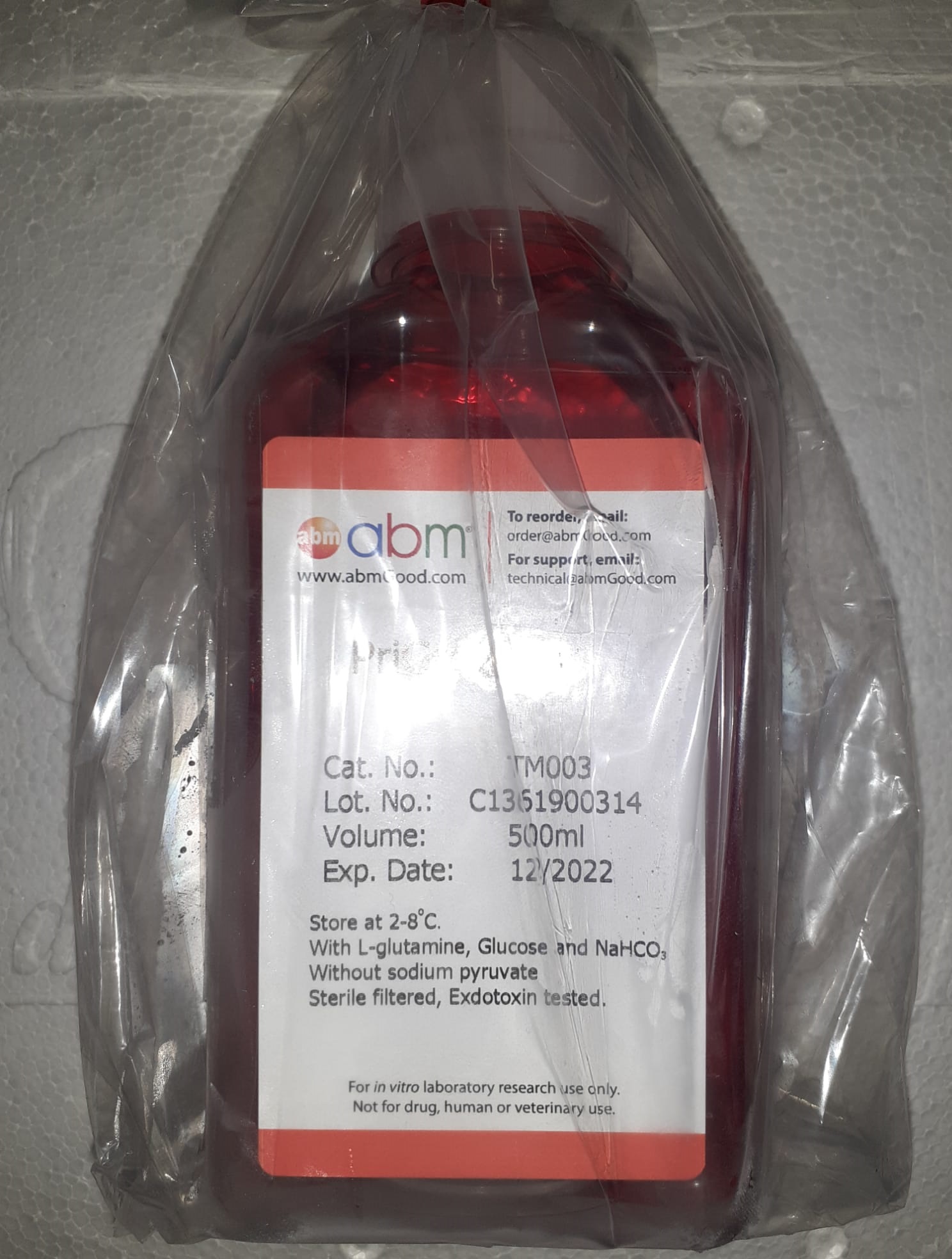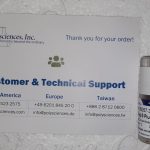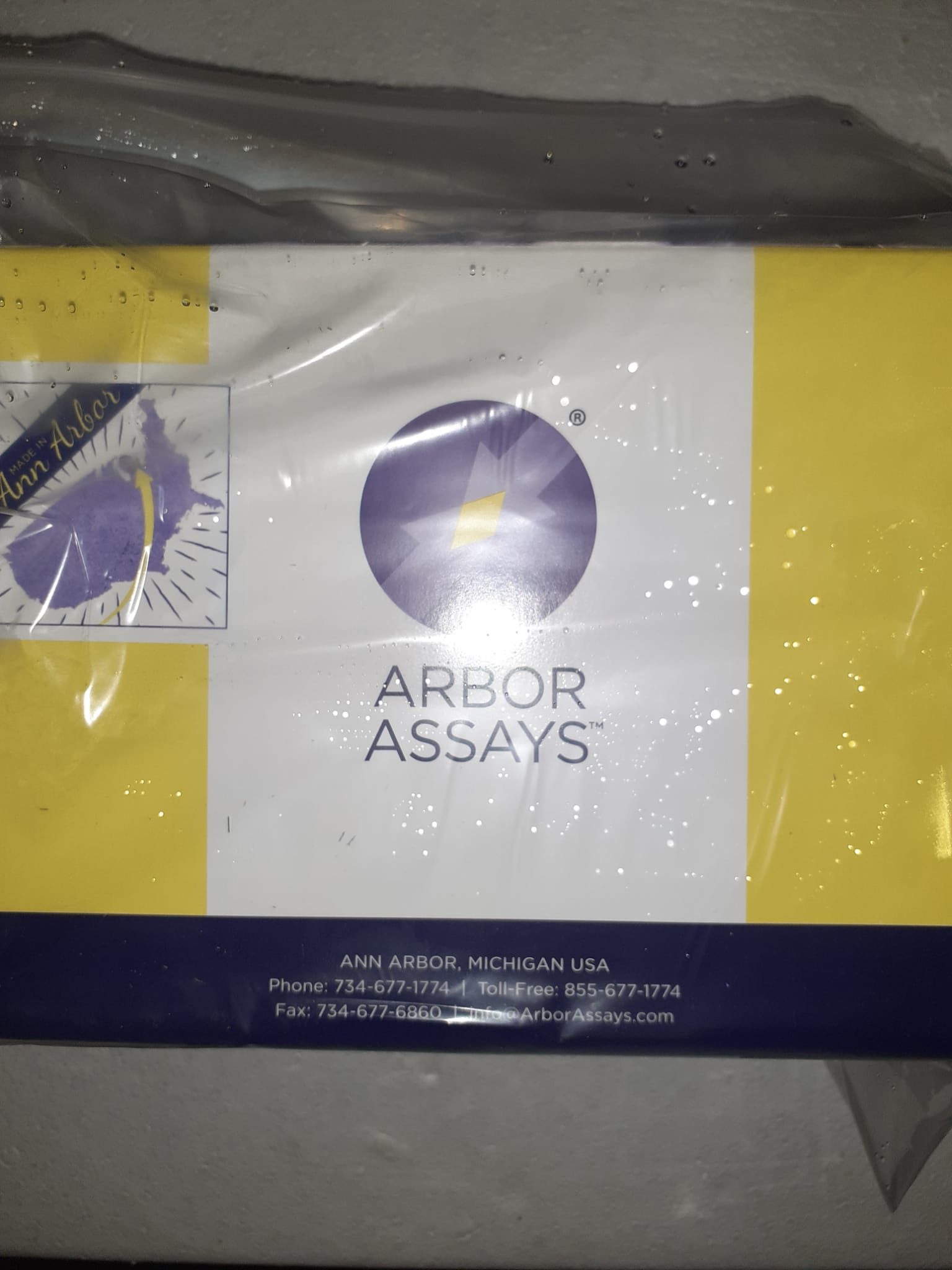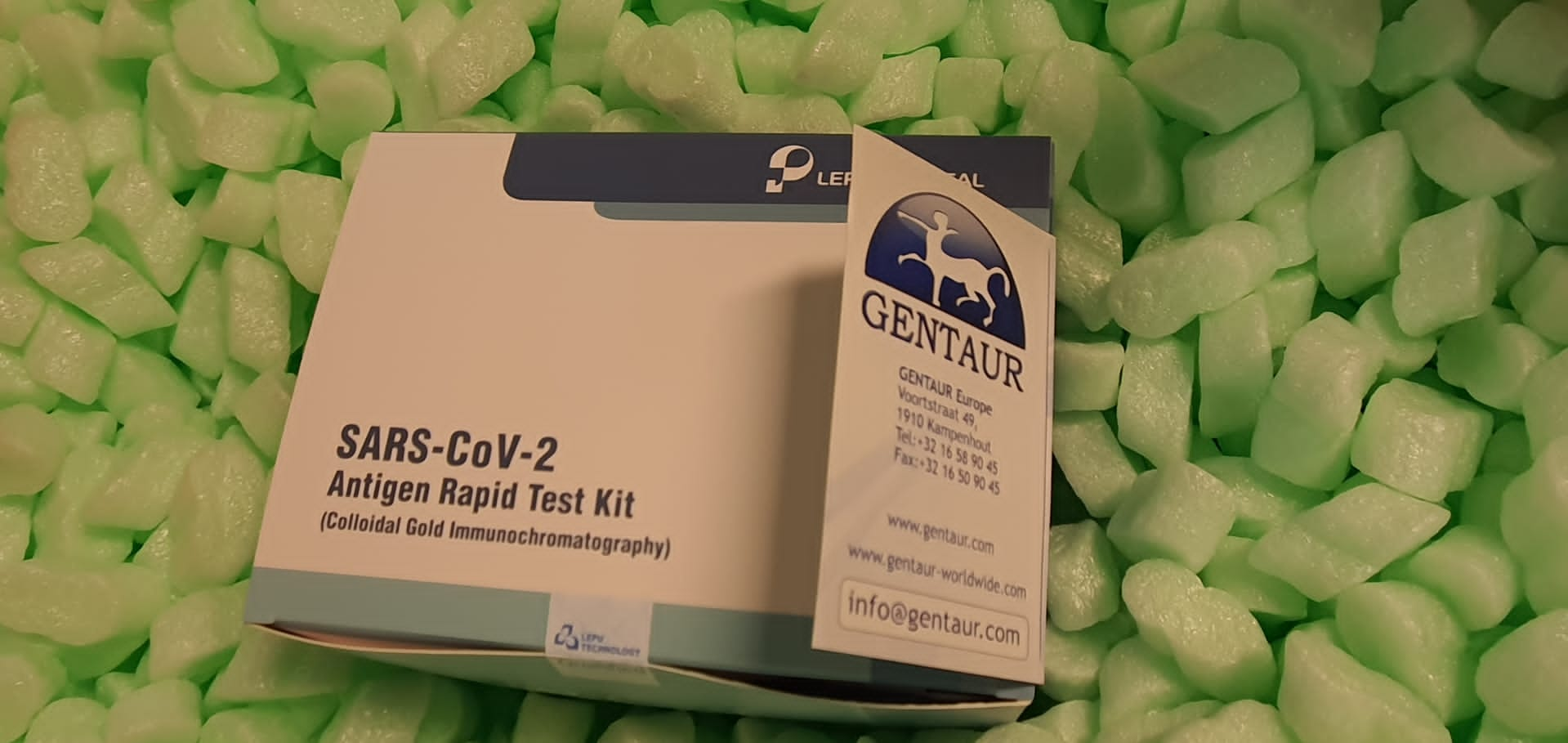Correct biomarkers to foretell the genesis and development of pancreatic adenocarcinoma (PAAD) are wanted within the struggle towards this lethal illness. Right here, we mixed a number of datasets (GEO, TCGA and GTEx) to conduct a complete evaluation of pancreatic most cancers. By an in-depth evaluation, we found that the expression of the gene encoding interferon alpha-inducible protein 27 (IFI27) was considerably increased in pancreatic most cancers tissues than that in regular tissues, and that increased expression of IFI27 was negatively correlated with the general survival charge of pancreatic most cancers sufferers.
The purposeful annotation of IFI27 demonstrated relationships to mobile immunity and metabolism, particularly glycolysis. Evaluation of infiltrating immune cells displayed that increased expression of IFI27 expression correlates with decreased CD8 + T cells and elevated M2 macrophages within the tumor immune microenvironment (TIME), then biochemical analyses of a mouse mannequin and immunohistochemical (IHC) staining verified that glycolytic enzymes and M2 macrophages elevated considerably in pancreatic most cancers tissues.
We speculate that IFI27 might have an effect on the tumor microenvironment (TME) of PAAD by regulating mobile immunity and metabolism, thereby selling the development of pancreatic carcinoma and worsening the prognosis. These findings of our current examine are stable proof that IFI27 is a possible prognostic biomarker of pancreatic most cancers and that it impacts the tumor immune microenvironment.
Characterization of cytosolic glutathione-S- transferases (GSTs) concerned within the metabolism of the aromatase inhibitor, Exemestane
Exemestane (EXE) is a hormonal remedy used to deal with estrogen receptor optimistic (ER+) breast most cancers by inhibiting the ultimate step of estrogen biosynthesis catalyzed by the enzyme aromatase. Cysteine conjugates of EXE and its lively metabolite 17β-dihydro-EXE (17β-DHE) are the most important metabolites present in each the urine and plasma of sufferers taking EXE. The preliminary step in cysteine conjugate formation is glutathione conjugation catalyzed by the glutathione-S-transferase (GST) household of enzymes.
The aim of the current examine was to determine cytosolic hepatic GSTs lively within the GST-mediated metabolism of EXE and 17β-DHE. Twelve recombinant cytosolic hepatic GSTs had been screened for his or her exercise towards EXE and 17β-DHE, with glutathionylated EXE and 17β-DHE conjugates detected by ultra-performance liquid chromatography-tandem mass spectrometry. GSTA1, GSTM3, and GSTM1 had been lively towards EXE whereas solely GSTA1 exhibited exercise towards 17β-DHE.
GSTM1 exhibited the best affinity towards EXE with a OkayM worth that was 3.8- and seven.1-fold decrease than that noticed for GSTA1 and GSTM3, respectively. Of the three GSTs, GSTM3 exhibited the best intrinsic clearance towards EXE (ClINT=0.14 nl·min-1·mg-1). The OkayM values noticed for human liver cytosol towards EXE (46 µM) and 17β-DHE (77 µM) had been much like that noticed for recombinant GSTA1 (53 µM and 30 µM, respectively). Western blot evaluation revealed that GSTA1 and GSTM1 comprised 4.3% and 0.57%, respectively, of whole protein in human liver cytosol; GSTM3 was not detected.
These information recommend that GSTA1 is the most important hepatic cytosolic enzyme concerned within the clearance of EXE and its main lively metabolite, 17β-DHE. Significance Assertion Most earlier research associated to the metabolism of the aromatase inhibitor, exemestane (EXE), have centered primarily on part I metabolic pathways in addition to the glucuronidation part II metabolic pathway.
Nevertheless, latest research have indicated that glutathionylation is the most important metabolic pathway for EXE. The current examine is the primary to characterize hepatic GST exercise towards EXE and 17β-DHE and to determine GSTA1 and GSTM1 as the most important cytosolic GSTs concerned within the hepatic metabolism of EXE.
Affect of C14 alkane stress on antioxidant protection capability, mineral nutrient ingredient accumulation, and cadmium uptake of ryegrass
So as to discover the affect of C14 alkane on physiological stress responses, mineral nutrient components uptake, cadmium (Cd) switch, and uptake traits of Lolium perenne L. (ryegrass), a collection of pot trials had been performed which included a reasonable degree of Cd (2.182 mg·kg-1) with out (management) and with 5 ranges of C14 alkane (V/m, 0.1%, 0.2%, 0.5%, 1%, 2%). Biomass and Cd content material within the root and shoot, chlorophyll content material, antioxidant enzymes exercise, and mineral nutrient components within the shoot of ryegrass had been decided on the finish of the experiment.
The outcomes indicated that Cd uptake considerably elevated at 0.1% C14 alkane remedy, then steadily decreased with the rise of C14 alkane focus. In contrast with the management, chlorophyll content material was considerably suppressed and malondialdehyde (MDA) focus clearly elevated. Superoxide dismutase (SOD) exercise and catalase (CAT) exercise considerably elevated to stop the C14 alkane stress. With the rise of C14 alkane, the Mn focus steadily elevated; Mg and Fe considerably decreased. Correlation evaluation confirmed that Mn was positively correlated with SOD (apart from 2% remedy) and CAT (p < 0.01), and negatively correlated with Cd uptake (p < 0.01). It implied that the rise of Mn induced by C14 alkane stress was an necessary motive for the lower of Cd uptake.

transgenicnews
Mitigating a number of stresses in Pangasianodon hypophthalmus with a novel dietary combination of selenium nanoparticles and Omega-3-fatty acid
Results of a novel dietary combination of selenium nanoparticles (Se-NPs) and omega-3-fatty acids i.e., Eicosapentaenoic acid (EPA) and docosahexaenoic acid (DHA) on mitigating arsenic air pollution, high-temperature stress and bacterial an infection had been investigated in Pangasianodon hypophthalmus. To intention this, 4 isocaloric and iso-nitrogenous diets had been ready: management feed (no supplementation), Se-NPs at 0.2 mg kg-1 weight-reduction plan with EPA + DHA at 0.2, 0.Four and 0.6% as supplemented diets. Fish had been reared below regular situation or concurrent publicity to arsenic (2.65 mg L-1), and temperature (34 °C) (As + T) stress for 105 days. The experiment was performed with eight remedies in triplicates. Response to numerous stresses i.e., major (cortisol), secondary (oxidative stress, immunity, and stress biomarkers) and tertiary stress response (progress efficiency, bioaccumulation and mortality because of bacterial an infection) had been decided. Supplementation of dietary Se-NPs at 0.2 mg kg-1 weight-reduction plan and EPA + DHA at 0.2 and 0.4% lowered the first stress degree. Publicity to arsenic and temperature (As + T) and fed with management weight-reduction plan and EPA + DHA at 0.6% aggravated the cortisol degree. Anti-oxidative enzymes (Catalase, superoxide dismutase, glutathione peroxidase and glutathione-s-transferase) and immunity (Nitroblue tetrazolium, whole protein, albumin, globulin, A:G ratio, whole immunoglobulin and myeloperoxidase) of the fish had been augmented by supplementation of Se-NPs and EPA + DHA at 0.2 and 0.4%.
Neurotransmitter enzyme, HSP 70, Vitamin C had been considerably enhanced (p < 0.01) with supplementation of Se-NPs at 0.2 mg kg-1 and EPA + DHA at 0.2 and 0.4%. Whereas whole lipid, ldl cholesterol, phospholipid, triglyceride and really low-density lipoprotein (VLDL) had been lowered (p < 0.01) with the supplementation of Se-NPs at 0.2 mg kg-1 weight-reduction plan and EPA + DHA at 0.2 and 0.4%.
Tertiary stress response viz. progress efficiency was additionally considerably enhanced with supplementation of Se-NPs at 0.2 mg kg-1 and EPA + DHA at 0.2 and 0.4% reared below As + T. Whereas arsenic bioaccumulation in fish tissues was considerably lowered with dietary supplementation of Se-NPs and EPA + DHA. Cumulative mortality and relative proportion survival had been lowered with Se-NPs at 0.2 mg kg-1 and EPA + DHA at 0.2 and 0.4%. The investigation revealed {that a} novel mixture of Se-NPs at 0.2 mg kg-1 and EPA + DHA at 0.4% adopted by 0.2% has the potential to alleviate temperature stress, bacterial an infection and arsenic air pollution. Whereas weight-reduction plan containing Se-NPs at 0.2 mg kg-1 weight-reduction plan and EPA + DHA at 0.6% was noticeably enhanced the stress in P. hypophthalmus.




